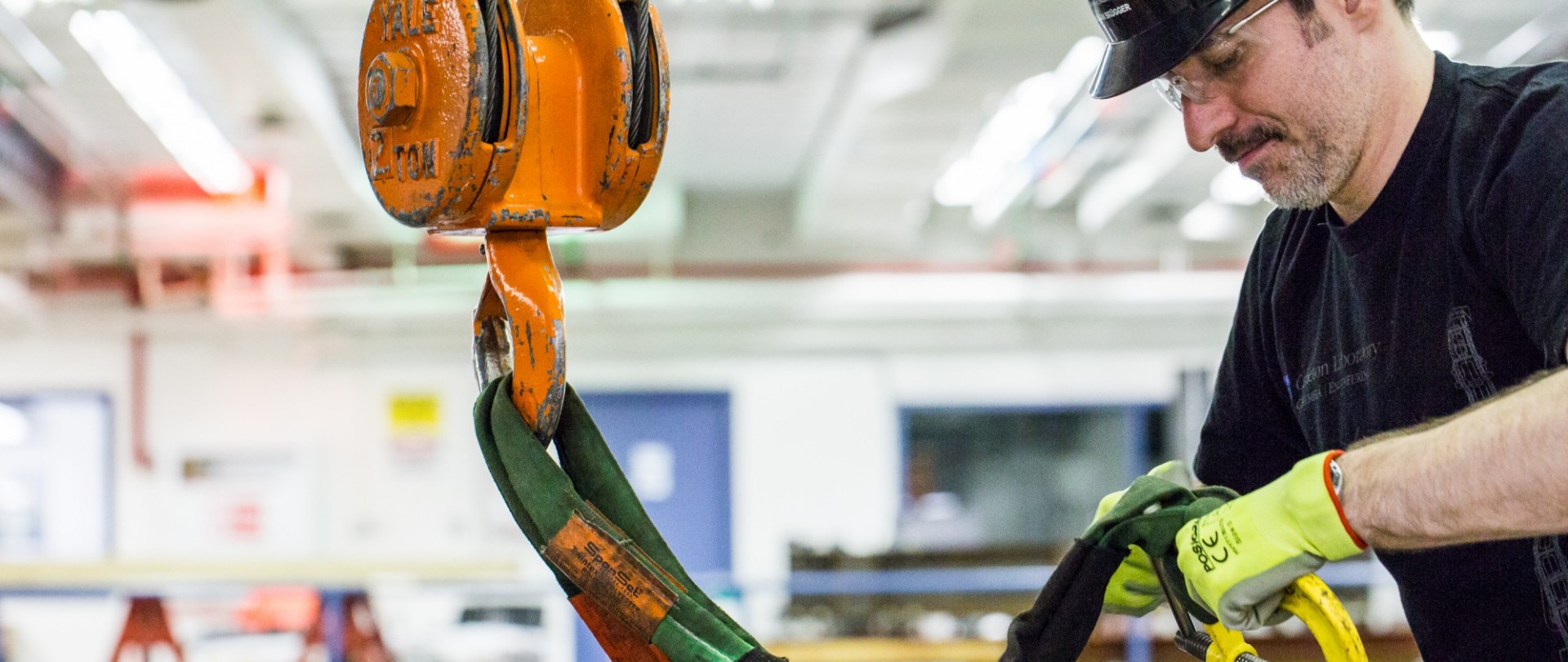The Department of Civil Engineering and Engineering Mechanics focuses on two broad areas of instruction and research.
The first, the classical field of civil engineering, deals with the planning, design, construction, and maintenance of structures and the infrastructure. These include buildings, foundations, bridges, transportation facilities, nuclear and conventional power plants, hydraulic structures, and other facilities essential to society. The BS program in Civil Engineering is accredited by the Engineering Accreditation Commission of ABET, http://www.abet.org/.
The second is the science of mechanics and its applications to various engineering disciplines. Frequently referred to as applied mechanics, it includes the study of the mechanical properties of materials, stress analysis of stationary and movable structures, the dynamics and vibrations of complex structures, aero- and hydrodynamics, micro- and nanomechanics, and the mechanics of biological and energy systems.
- Graduates with a broad and fundamental technical base will be able to enter the professional civil engineering work force either with a BS to develop specialized expertise by way of apprenticeship or through the increasingly common path of a specialized MS.
- Graduates with a firm foundation in the basic math, science, and engineering science which underlie all technological development will be well equipped to adapt to changing technology in the profession.
- Graduates equipped with a broad technical background will be able to follow other technical or non-technical career paths.
- Graduates will practice their profession with effective writing and communication skills, with professional ethics, as well as with awareness of societal issues.
- An ability to identify, formulate, and solve complex engineering problems by applying principles of engineering, science, and mathematics
- An ability to apply engineering design to produce solutions that meet specified needs with consideration of public health, safety, and welfare, as well as global, cultural, social, environmental, and economic factors
- An ability to communicate effectively with a range of audiences
- An ability to recognize ethical and professional responsibilities in engineering situations and make informed judgments, which must consider the impact of engineering solutions in global, economic, environmental, and societal contexts
- An ability to function effectively on a team whose members together provide leadership, create a collaborative and inclusive environment, establish goals, plan tasks, and meet objectives
- An ability to develop and conduct appropriate experimentation, analyze and interpret data, and use engineering judgment to draw conclusions
- An ability to acquire and apply new knowledge as needed, using appropriate learning strategies

